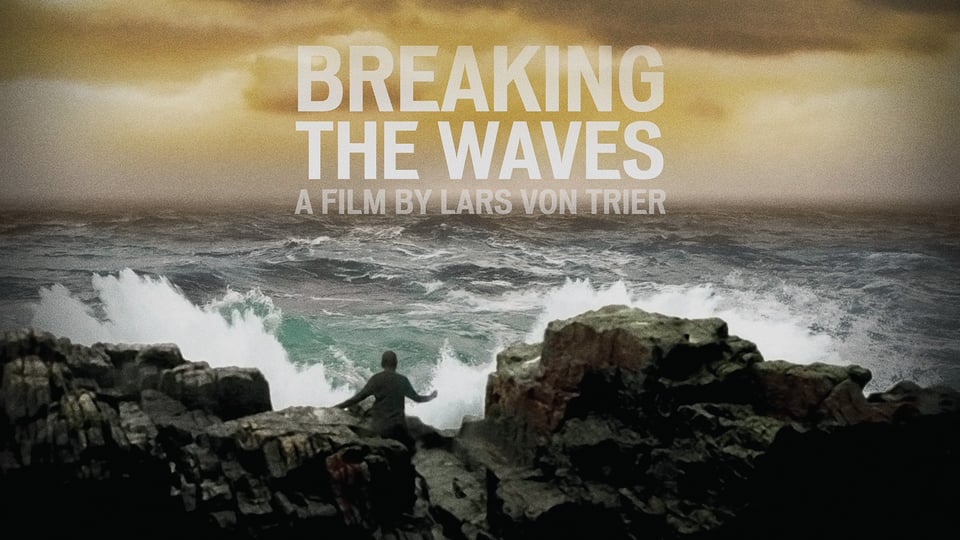Breaking the Waves (1996)
- tranthuy
- January 26, 2025

Breaking the Waves (1996) is a powerful and emotionally charged film directed by Lars von Trier. It marks the first entry in von Trier’s “Golden Heart Trilogy,” which also includes The Idiots and Dancer in the Dark. Known for his provocative filmmaking style, von Trier explores complex human emotions and moral dilemmas, and Breaking the Waves is no exception. The film stars Emily Watson in a breakthrough role, earning her widespread acclaim for her intense and raw performance.
The story of Breaking the Waves is set in a small, isolated Scottish town and follows the life of Bess McNeill (Emily Watson), a deeply religious woman. Bess falls in love with Jan (Stellan Skarsgård), an outsider who works as an oil rig worker. Despite their love for each other, their relationship faces significant challenges due to the conservative and oppressive nature of the community they live in. Bess’s devotion to Jan becomes the central conflict of the film, and her emotional and spiritual journey forms the core of the narrative.
As the story progresses, Jan suffers a debilitating accident while working on the oil rig, leaving him paralyzed. In a desperate attempt to regain his health and save their relationship, Jan asks Bess to engage in sexual acts with other men and then report back to him, believing this will rekindle his desire to live. This request, which challenges Bess’s religious convictions, sets the stage for a tragic and emotionally intense journey as she grapples with her love for Jan, her faith, and her personal identity.

Bess’s journey in Breaking the Waves is marked by her sacrifice and unwavering devotion to Jan, even as she faces rejection, moral dilemmas, and immense emotional pain. The film is a deep exploration of faith, love, guilt, and the human capacity for suffering. It asks questions about the nature of selflessness and the extremes to which one can go in the name of love and devotion. Bess’s choices throughout the film are both heartbreaking and, in many ways, deeply heroic, making her one of the most compelling and tragic characters in modern cinema.

The cinematography of Breaking the Waves is also noteworthy, with von Trier employing a distinctive, handheld camera style that creates a sense of intimacy and immediacy. This approach immerses the audience in Bess’s emotional world, making her experiences feel raw and authentic. The film’s visual style complements its themes, enhancing the emotional impact of the story and allowing viewers to feel closer to the characters’ struggles and heartbreaks.

Ultimately, Breaking the Waves is a poignant exploration of the complexity of love, faith, and sacrifice. Von Trier’s bold direction, combined with Emily Watson’s extraordinary performance, makes the film an unforgettable cinematic experience. It challenges traditional notions of morality and explores the depths of human emotion in a way that is both disturbing and beautiful. Breaking the Waves remains a powerful and thought-provoking work that continues to resonate with audiences worldwide.











